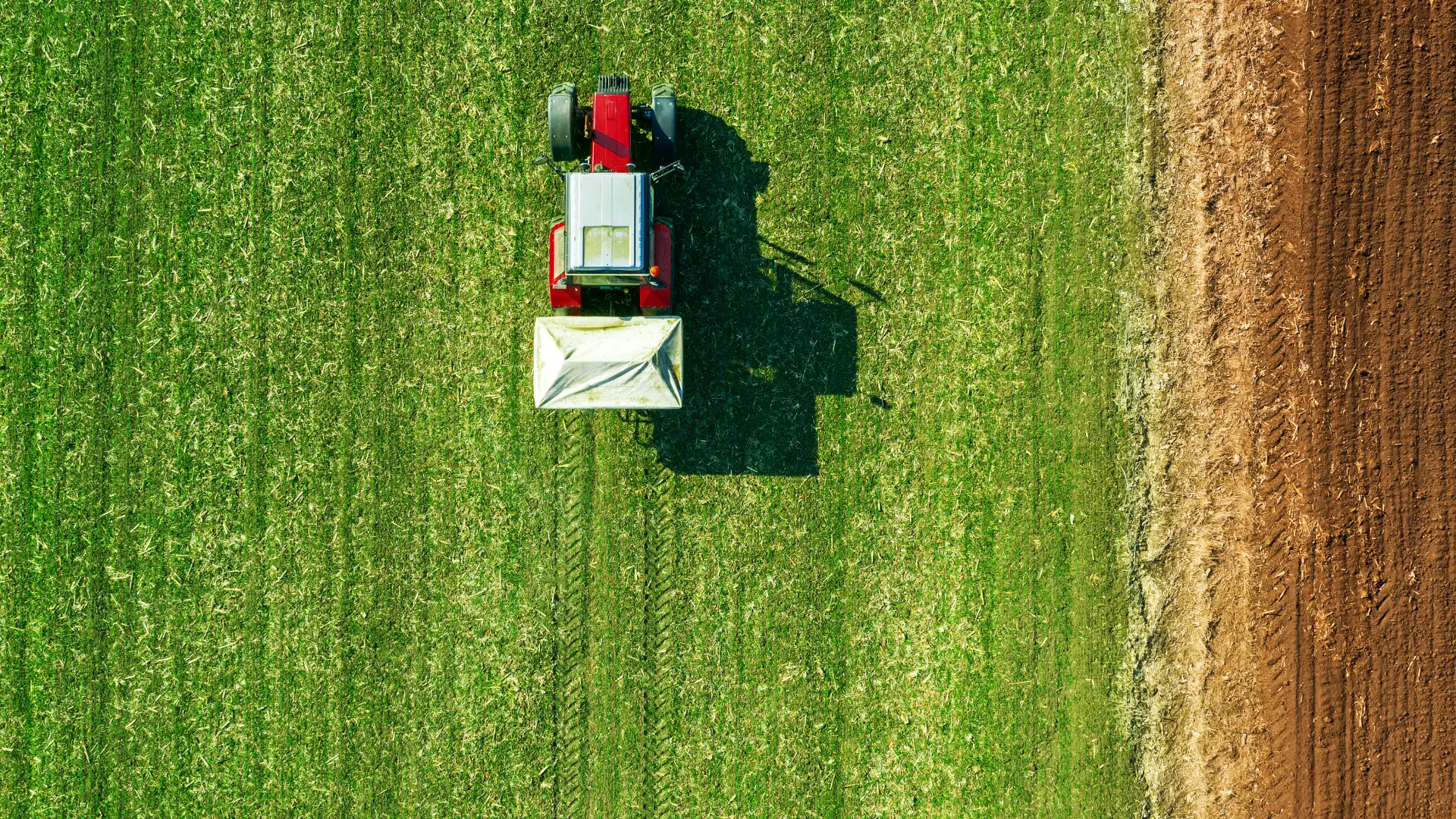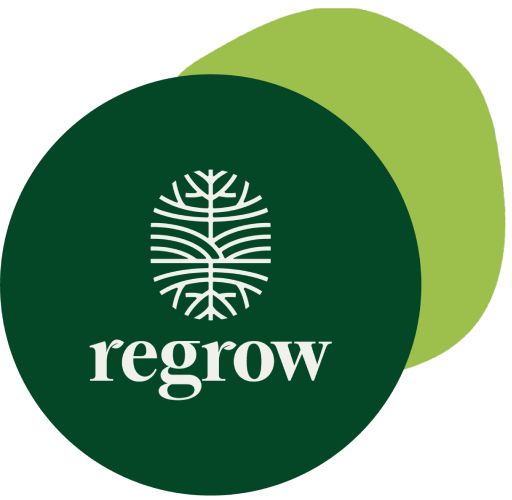And how to set an appropriate target.
What is SBTi FLAG?
This past Spring, the Science Based Targets Initiative (SBTi), an organization that helps companies set climate targets in line with the Paris Agreement, released new guidance for companies in forestry, land use, and agriculture (FLAG) sectors.
The new guidance requires companies within FLAG sectors to now set an additional FLAG specific target covering at least 67% of their FLAG related Scope 3 emissions.
This update reflects a growing awareness that agriculture, and investing in nature-based decarbonization solutions more generally, will be paramount in our collective global efforts to combat the worst effects of climate change.
How do companies set FLAG targets?
To set validated FLAG targets, companies will be required to submit granular data covering their Scope 3 emissions in their chosen base year (more on Scope 3 emissions here). There are two main data components that companies will be required to submit as part of this validation process.
The first component is a full inventory of current supply chain agricultural emissions broken down by crop, and the region in which the crop is sourced. For example, if a company sources corn from 4 different global regions, they will need to estimate emissions factors associated with growing corn in each of these regions.
The second component requires companies to report emissions, disaggregated by emissions type, for each key commodity they source. There are four categories of emissions drivers that will be required in this section:
- Land-use change driven emissions
- Land management CO2 emissions
- Land management non-CO2 emissions
- Removals
What data will be required to report progress against FLAG targets?
Once a company's FLAG target is validated, it is then incumbent on them to design a plan to ensure they meet their target by the specified timeframe. For most companies setting FLAG targets, this plan will likely include both reductions of emissions, and removals of emissions (like increasing soil organic carbon levels).
To help ensure companies are reporting progress against their claims in a verifiable and comparable manner, SBTi is planning on releasing another guidance document in the coming months that will specify which data practices companies should employ in their ongoing reporting.
Though this document has not been released yet, it is expected that many of the mandated parameters for reporting emissions will be consistent with the forthcoming Greenhouse Gas Protocol’s Land Sector Guidance, which will dictate how companies should account for and report emissions in their corporate inventories. Learn more about this draft Guidance here.
What should I do to prepare for SBTi FLAG requirements?
As these new guidance documents are released to complement SBTi’s FLAG target setting guidance, prioritizing access to the right data is key. This is especially important in the world of agriculture, which has historically faced challenges collecting comprehensive and accurate data.
Many of the methods and tools companies traditionally relied on to gather this data are not designed to meet increasingly rigorous requirements.
For example, according to the draft GHG Protocol Land Sector Guidance, if companies choose to report removals (which will be necessary for companies to generate and report in order to meet their Science Based Targets), they will be required to report the statistical uncertainty associated with these removals. They will also need to disclose a monitoring plan to ensure those removals are permanent. Both those data layers are not widely available in legacy agricultural emissions reporting software.
How can I learn more?
Reporting guidelines are constantly evolving. To stay up to date with the latest requirements, subscribe to the Regrow newsletter at the bottom of this page and follow us on LinkedIn.
Regrow has tailored its agricultural resilience platform to meet these heightened standards. To learn more about Regrow’s solutions, head over to our Sustainability Insights page.



